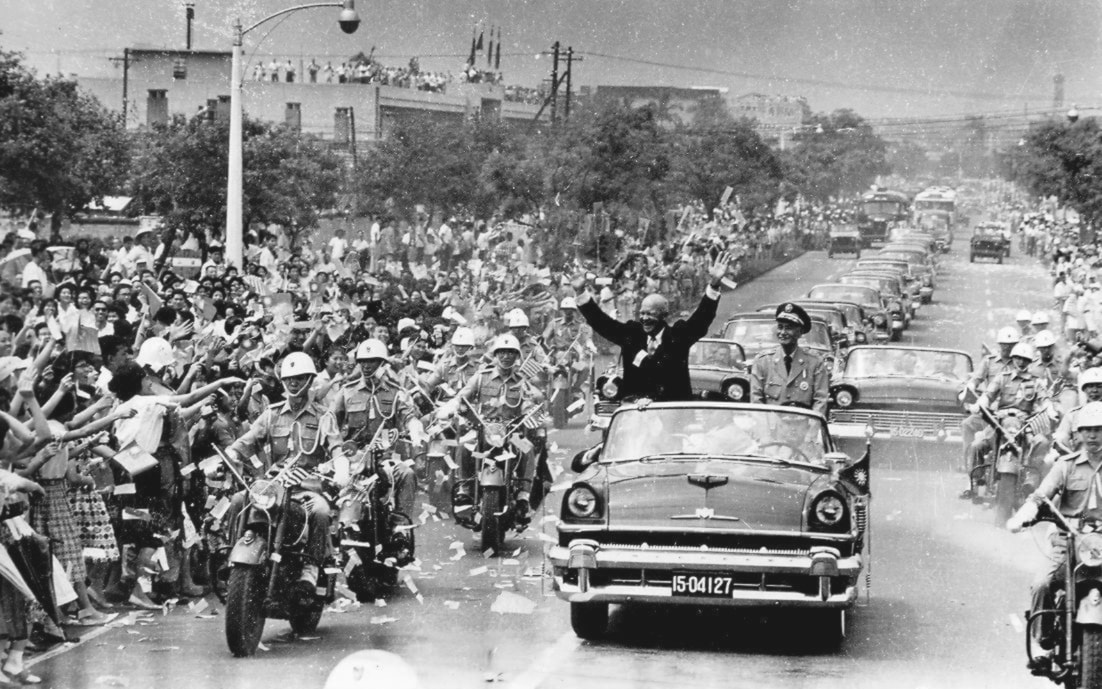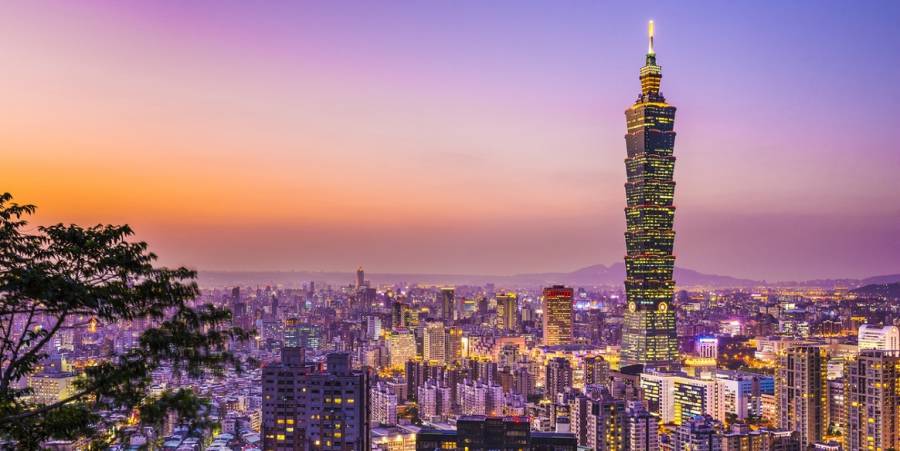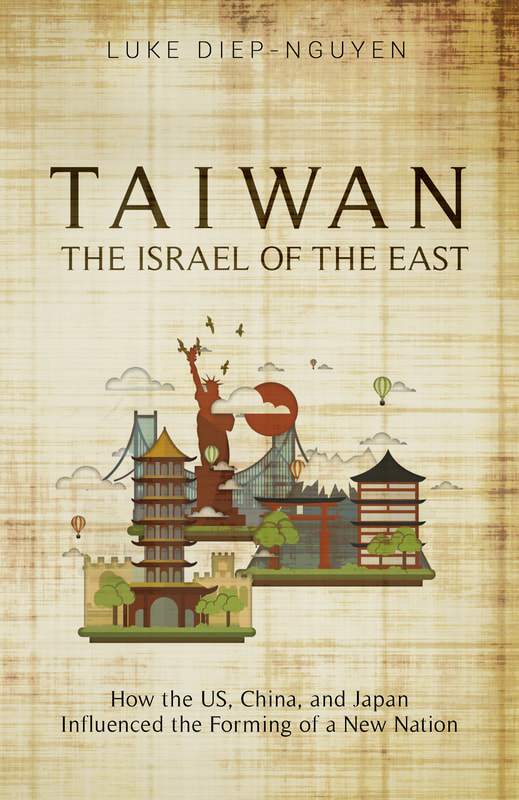- Home
- Stories
-
Internship
- Summer 2024 Internship
- Summer 2023 Internship
- Fall 2022 Internship
- Summer 2022 Internship
- Summer 2021 Internship
- Fall 2020- Spring 2021 Internship
- Summer 2020 Internship
- Fall 2019 Internship
- Summer 2019 Internship >
- School Year 2018-2019 Internship
- Summer 2018 Internship >
- Fall 2017 Internship
- Summer 2017 Internship >
- Books
- Archives
-
Resource Page
-
Supplementary Research Guides
>
- Unit 731 - Guide >
-
Philippines' Resistance - Guide
>
- Philippines World War II Timeline
- The Japanese Invasion & Conquest of the Philippines
- Bataan Death March
- Formation of Underground Philippines Resistance
- Supplies of the Guerrilla Fighters
- The Hukbalahap
- Hunter's ROTC
- Marking's Guerrillas
- United States Army Forces in the Philippines of Northern Luzon (USAFIP-NL)
- The Aetas
- Chinese and Filipino-Chinese Nationalist Guerrilla Units
- The Female Faces of the Philippine Guerrillas
- Rising Sun Flag - Guide >
- Pinay Guerrilleras - Guide >
- Fall of Singapore - Guide >
- Three Years and Eight Months - Guide >
- Siamese Sovereignty - Guide >
- The Khabarovsk War Crimes Trial - Guide >
- Unit 731 Cover-up : The Operation Paperclip of the East - Guide >
- Marutas of Unit 731 - Guide >
- Prince Konoe Memoir - Guide >
- Competing Empires in Burma - Guide >
- Battle of Shanghai - Guide >
- Ishi Shiro - Guide >
- Taiwan The Israel of the East - Guide >
- Seeking Justice for Biological Warfare Victims of Unit 731 - Guide >
- Rice and Revolution - Guide >
- Clash of Empires - Guide >
-
Hunger for Power and Self-SufficiencyI - Guide
>
- The Influence of War Rations on Post-War Culinary Transformations
- How World War II Complicated Food Scarcity and Invention
- American Military Innovations
- Government-Sponsored Food Inventions in Europe during World War II
- Feeding the Army: The Adaptation of Japanese Military Cuisine and Its Impact on the Philippines
- Mixed Dishes: Culinary Innovations Driven by Necessity and Food Scarcity
-
Denial A Quick Look of History of Comfort Women and Present Days’ Complication - Guide
>
- The Comfort Women System and the Fight for Recognition
- The Role of Activism and International Pressure
- The Controversy over Japanese History Textbooks
- The Sonyŏsang Statue and the Symbolism of Public Memorials
- Activism and Support from Japanese Citizens
- The Future of Comfort Women Memorials and Education
- Echoes of Empire: The Power of Japanese Propaganda - Guide >
- Lesson Plans >
-
Supplementary Research Guides
>
The Republic of China in Taiwan
One of the most momentous ROC years was 1971. The Republic of China in Taiwan had its economic growth and political power increased and supported by the U.N. The bulk of support for Taiwan came from Japan and the U.S. While there has been an increase in growth due to the support, there has also been increased debate for removing Taipei from the U.N. Assembly in the hopes of encouraging the politically powerful People’s Republic of China (“PRC”) to join the U.N. In early 1971, President Richard Nixon lifted the travel and trade bans with China, and officially acknowledged and recognized the PRC. That year would build on the U.S. and China relationship through proposing international trade, sending journalists, and even organizing sporting competitions, most notably table tennis. Nixon sent Secretary of State and National Security Advisor, Henry Kissinger, to open diplomatic talks with Premier of the PRC, Chou En-lai. Due to Japan’s reliance and support from the U.S., Taiwan lost a lot of support, but Japan hoped to incorporate both Taipei and Beijing as members of the U.N. Unfortunately, when the votes went through in October 1971, the ROC was officially expelled, and the PRC accepted into the U.N. The United Nations supported the PRC over the ROC for several reasons. For one, the ROC had little political power and lacked diplomatic influence. While the U.S. wanted to protect Taiwan from communist influences after 1949, the end of the Chinese Cultural Revolution led to China having improved economic and political opportunities for the U.S. However, the PRC wanted Taiwan to be recognized as a part of China. As such, Taiwan would not be recognized as an independent government and China would be recognized as a single government. The loss of recognition from the U.S. and the U.N. led to Taiwan losing its international position and the rise of opposing political positions to the Nationalists. The PRC, instead of attempting to forcibly reunify Taiwan with China and risking military engagements, created policies for a single country—but under two government systems. While publicly Taiwan would be recognized as part of China, it would be allowed to keep its political, economic, and social systems, as well as maintain its own military and currency. On the other hand, Taiwan would no longer be recognized by the U.N. as an independent government.
With President Chiang Kai-shek, U.S. President Dwight D. Eisenhower waved to crowds during his visit to Taipei, Taiwan in June 1960.
The loss of political power and support for the Nationalist Government from the U.S. led to an increase in native Taiwanese political opposition movements against the ROC. The 1980s saw a growth of organized native Taiwanese movements to encourage the recognition of rights of the native population.
In 1984, the Alliance of Taiwan Aboriginals (“ATA”) was established to promote more social services and political recognition for natives. The ATA and its Aboriginal Rights Movement (“ARM”) was supported by native Taiwanese university students. Strategies implemented by ARM included assisting urban natives facing social and political discrimination, raising awareness for recognizing native population rights, and protesting issues the natives faced under the KMT. A national sense of identity and consciousness would grow from these active movements that promoted increased rights and recognition for the native Taiwanese population. Through active protests and movements, the ATA was granted equal citizenship rights and political recognition. In its dispute with the Nationalist Government, the ATA demanded a new Constitution that would allow for native land rights and self-government. The ATA and ARM successfully established a political party known as the Democratic Progressive Party (“DPP”), which advocated for the promotion and protection of the native rights, including freedom of speech, press, and thought. It also wanted to prohibit the intervention of political parties in security and military affairs or ownership of government property. The main goal of the DPP was to abolish the corruption and authoritative laws of the KMT towards the native population.
In 1984, the Alliance of Taiwan Aboriginals (“ATA”) was established to promote more social services and political recognition for natives. The ATA and its Aboriginal Rights Movement (“ARM”) was supported by native Taiwanese university students. Strategies implemented by ARM included assisting urban natives facing social and political discrimination, raising awareness for recognizing native population rights, and protesting issues the natives faced under the KMT. A national sense of identity and consciousness would grow from these active movements that promoted increased rights and recognition for the native Taiwanese population. Through active protests and movements, the ATA was granted equal citizenship rights and political recognition. In its dispute with the Nationalist Government, the ATA demanded a new Constitution that would allow for native land rights and self-government. The ATA and ARM successfully established a political party known as the Democratic Progressive Party (“DPP”), which advocated for the promotion and protection of the native rights, including freedom of speech, press, and thought. It also wanted to prohibit the intervention of political parties in security and military affairs or ownership of government property. The main goal of the DPP was to abolish the corruption and authoritative laws of the KMT towards the native population.
The Democratic Progressive Party
In 1997, both KMT and DPP legislators discussed constitutional reformation proposing to cut government spending and increase their effectiveness. The indigenous rights activists felt that engaging in multi-party politics would be most effective in granting and preserving indigenous land and economic rights. The indigenous rights political movement ignited and grew throughout the 1990s through the formation of an aboriginal congress and increased national political representation. Taiwan, which presented national public rituals, began to feature more indigenous culture and incorporated indigenous music in national celebrations. The rise in political and cultural representation and recognition resulted in political power gradually transferring from the KMT to the DPP. The DPP’s political and social progress and the Taiwanese indigenous population would lead to a historic and emblematic moment for the aboriginal community.
In 2000, Chen Shu-bian became the first president from the DPP.
The KMT consistently lost local elections, but Chen’s success showed a growing support for Taiwanese independence and indigenous recognition. The rise in indigenous support can further be understood by Chen also winning the mayor of Taipei election against a KMT opponent in 1994. Several positions that earned Chen more support than others promoting independence was his promise to build on a sea-and-air link with the mainland and inclination to build on Taiwan’s relationship with China as an independent nation. The confidence in Chen to improve and maintain Taiwan-China relations, if Taiwan could be deemed independent, improved his popularity. Unfortunately, China did not trust Chen or his positions. Chen hoped to gain Chinese confidence by articulating that he would not claim Taiwan as independent, or interfere with China’s National Unification Guidelines for Taiwan, as long as China does not engage militarily against Taiwan. Chen also lessened KMT restrictions on Taiwanese companies’ investments in China. Even though Chen became the first president from the DPP, the KMT still held the majority of legislative seats, making it difficult to conduct policies opposing KMT views.
In 2000, Chen Shu-bian became the first president from the DPP.
The KMT consistently lost local elections, but Chen’s success showed a growing support for Taiwanese independence and indigenous recognition. The rise in indigenous support can further be understood by Chen also winning the mayor of Taipei election against a KMT opponent in 1994. Several positions that earned Chen more support than others promoting independence was his promise to build on a sea-and-air link with the mainland and inclination to build on Taiwan’s relationship with China as an independent nation. The confidence in Chen to improve and maintain Taiwan-China relations, if Taiwan could be deemed independent, improved his popularity. Unfortunately, China did not trust Chen or his positions. Chen hoped to gain Chinese confidence by articulating that he would not claim Taiwan as independent, or interfere with China’s National Unification Guidelines for Taiwan, as long as China does not engage militarily against Taiwan. Chen also lessened KMT restrictions on Taiwanese companies’ investments in China. Even though Chen became the first president from the DPP, the KMT still held the majority of legislative seats, making it difficult to conduct policies opposing KMT views.
Skyscraper - Taipei 101 - Xinyi District, Taipei
Chen faced many challenges during his administration. First, Chen had tension with China and cross-Strait relations due to his party’s desire and aspiration to declare Taiwan as independent. Second, Chen’s economic policies to abandon Taiwan’s Nuclear Power Plant and to increase budget spending on welfare and environmental projects were ill-prepared and poorly timed, causing a major public backlash from the rise of electricity prices and power shortages. This lowered the trust and confidence from foreign companies with the DPP’s obligation to long-term contracts, due to shutting down power plants for environmental reasons. The final challenge was Chen and the DPP’s political tension with the KMT. While the DPP successfully elected a member as president for the first time, he still had to compete with the KMT-majority legislature certain to object and dispute policies or issues that the DPP wanted to address. This obstruction and divided government made it difficult for Chen to be an effective political contributor.84
Related Book
Taiwan, the Israel of the East:
|
|
Pacific Atrocities Education
730 Commercial Street San Francisco, CA 94108 415-988-9889 |
Copyright © 2021 Pacific Atrocities Education.
We are a registered 501 (c)(3) charity. |
- Home
- Stories
-
Internship
- Summer 2024 Internship
- Summer 2023 Internship
- Fall 2022 Internship
- Summer 2022 Internship
- Summer 2021 Internship
- Fall 2020- Spring 2021 Internship
- Summer 2020 Internship
- Fall 2019 Internship
- Summer 2019 Internship >
- School Year 2018-2019 Internship
- Summer 2018 Internship >
- Fall 2017 Internship
- Summer 2017 Internship >
- Books
- Archives
-
Resource Page
-
Supplementary Research Guides
>
- Unit 731 - Guide >
-
Philippines' Resistance - Guide
>
- Philippines World War II Timeline
- The Japanese Invasion & Conquest of the Philippines
- Bataan Death March
- Formation of Underground Philippines Resistance
- Supplies of the Guerrilla Fighters
- The Hukbalahap
- Hunter's ROTC
- Marking's Guerrillas
- United States Army Forces in the Philippines of Northern Luzon (USAFIP-NL)
- The Aetas
- Chinese and Filipino-Chinese Nationalist Guerrilla Units
- The Female Faces of the Philippine Guerrillas
- Rising Sun Flag - Guide >
- Pinay Guerrilleras - Guide >
- Fall of Singapore - Guide >
- Three Years and Eight Months - Guide >
- Siamese Sovereignty - Guide >
- The Khabarovsk War Crimes Trial - Guide >
- Unit 731 Cover-up : The Operation Paperclip of the East - Guide >
- Marutas of Unit 731 - Guide >
- Prince Konoe Memoir - Guide >
- Competing Empires in Burma - Guide >
- Battle of Shanghai - Guide >
- Ishi Shiro - Guide >
- Taiwan The Israel of the East - Guide >
- Seeking Justice for Biological Warfare Victims of Unit 731 - Guide >
- Rice and Revolution - Guide >
- Clash of Empires - Guide >
-
Hunger for Power and Self-SufficiencyI - Guide
>
- The Influence of War Rations on Post-War Culinary Transformations
- How World War II Complicated Food Scarcity and Invention
- American Military Innovations
- Government-Sponsored Food Inventions in Europe during World War II
- Feeding the Army: The Adaptation of Japanese Military Cuisine and Its Impact on the Philippines
- Mixed Dishes: Culinary Innovations Driven by Necessity and Food Scarcity
-
Denial A Quick Look of History of Comfort Women and Present Days’ Complication - Guide
>
- The Comfort Women System and the Fight for Recognition
- The Role of Activism and International Pressure
- The Controversy over Japanese History Textbooks
- The Sonyŏsang Statue and the Symbolism of Public Memorials
- Activism and Support from Japanese Citizens
- The Future of Comfort Women Memorials and Education
- Echoes of Empire: The Power of Japanese Propaganda - Guide >
- Lesson Plans >
-
Supplementary Research Guides
>


